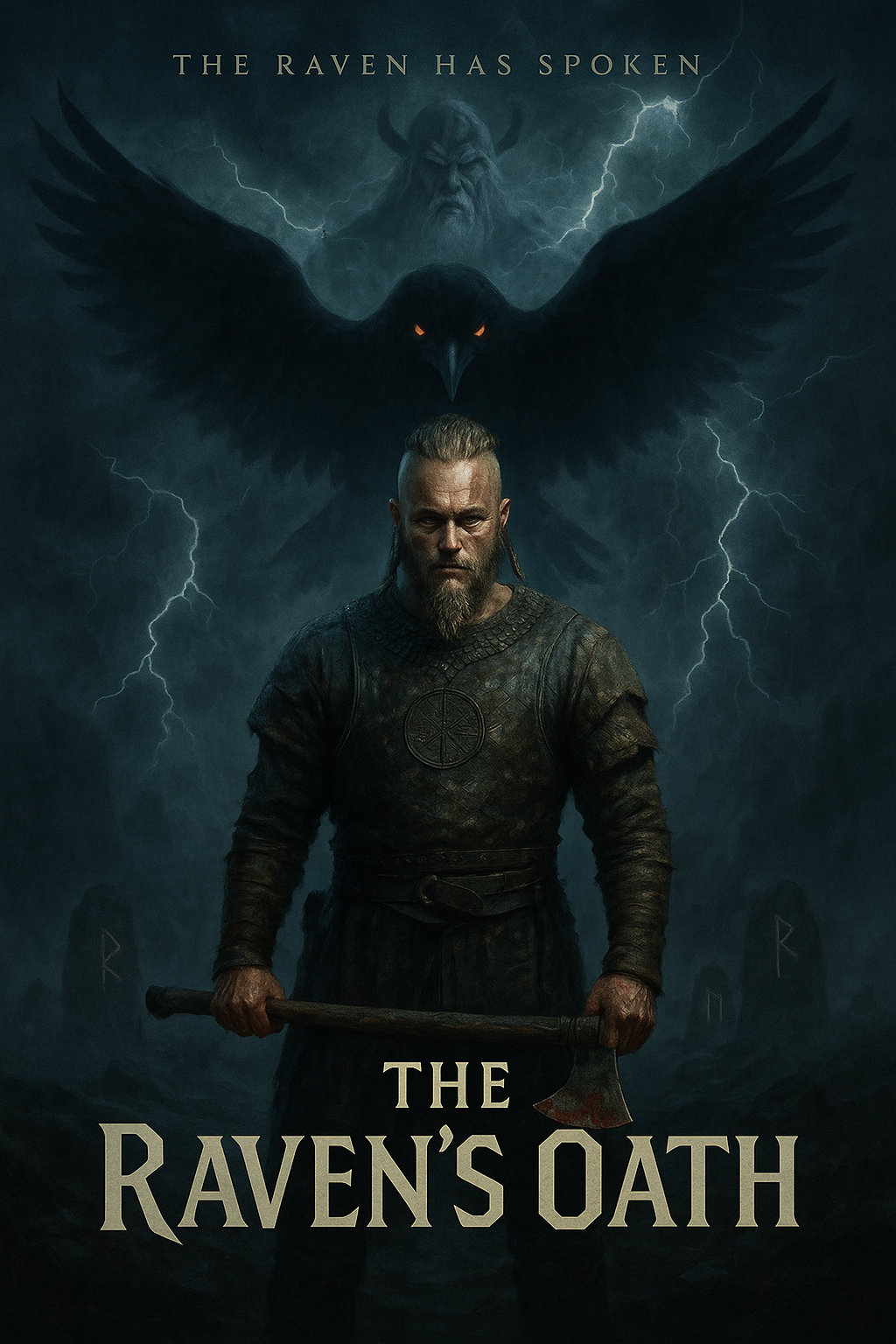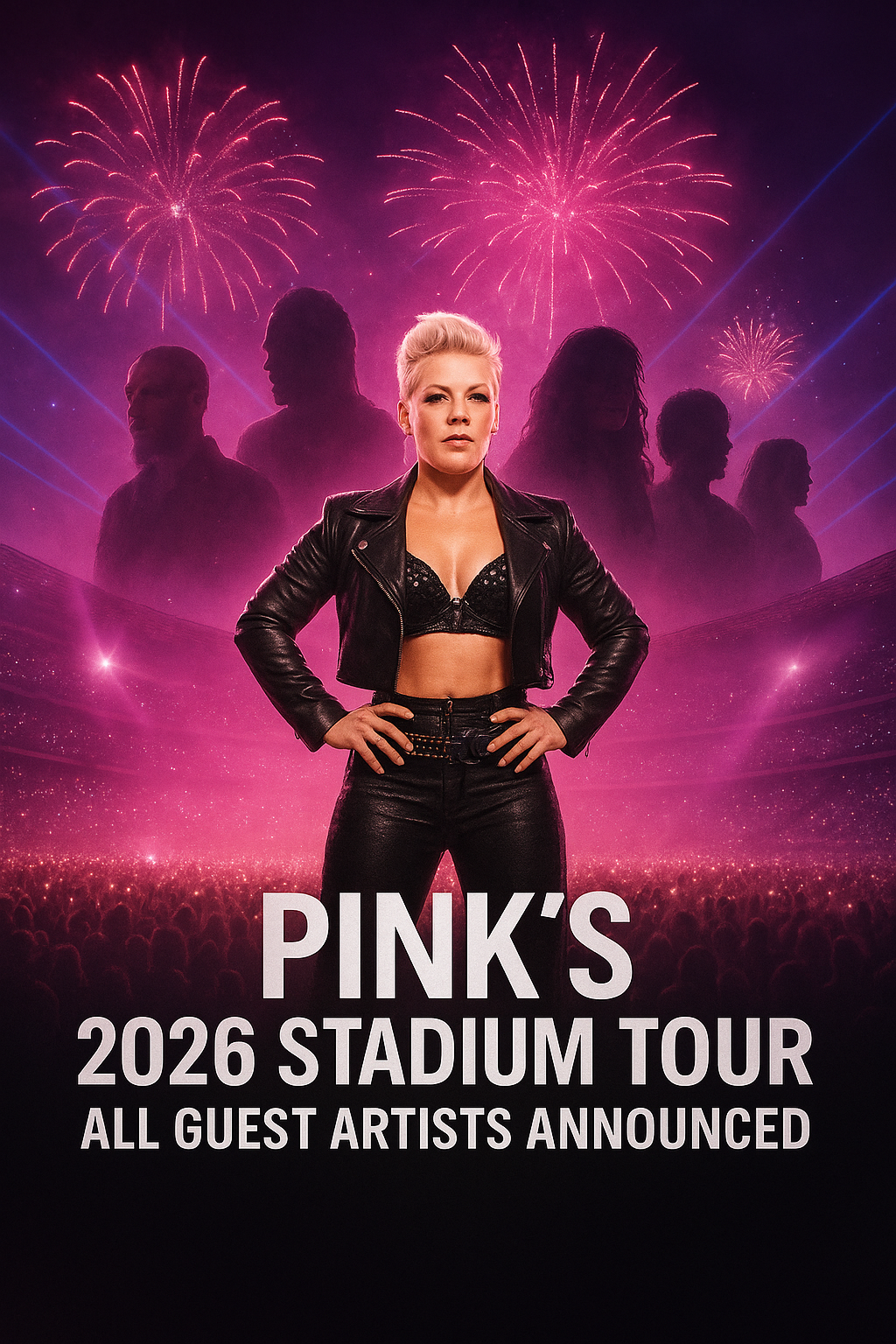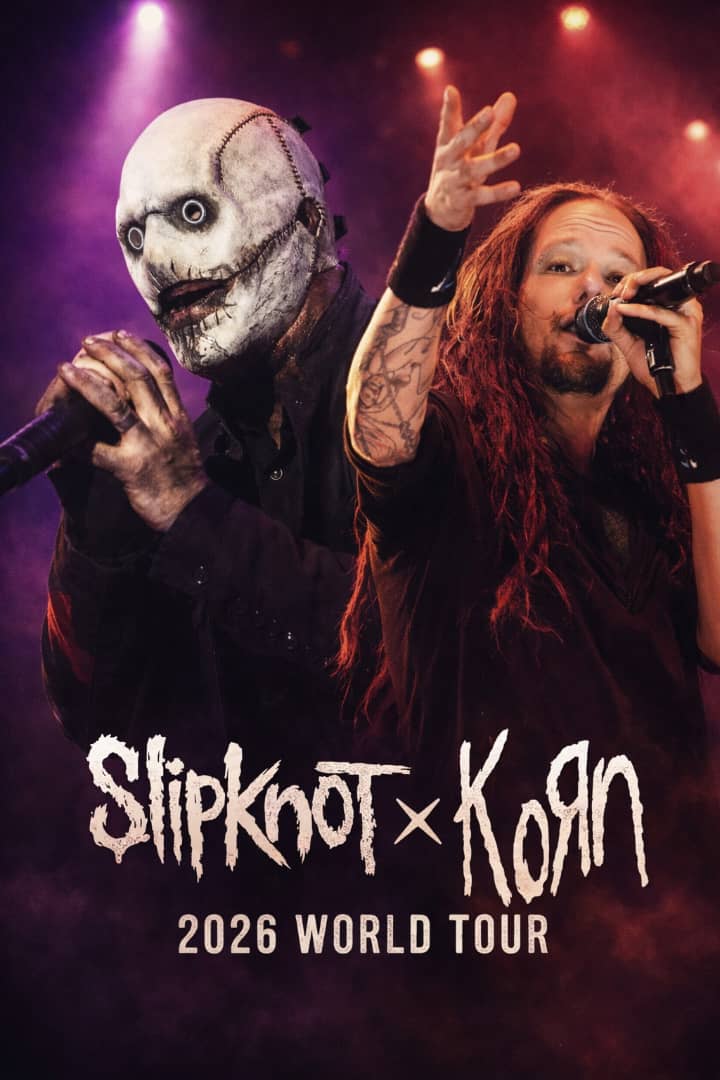Whispers from the North have returned, and with them comes a storm of vengeance, legacy, and divine reckoning. Netflix’s upcoming fall epic The Raven’s Oath has ignited a frenzy across fandoms with the shocking revelation: Ragnar Lothbrok, long presumed dead, is back. Travis Fimmel reprises his iconic role in a twist that few saw coming, turning the tide of the Norse saga in a direction both thrilling and terrifying.
In a series renowned for its bold storytelling and emotional gravity, Ragnar’s resurrection isn’t just a narrative gamble—it’s a declaration. This is not the same Ragnar. Haunted by visions, empowered by prophecy, and bound by an oath sealed in blood, the once-revered king now walks a line between man and myth. His return has consequences, not just for his kin, but for the entire spiritual and political balance of the Norse world.
The Raven’s Oath expands on the aftermath of Ragnarok, diving into a world fractured by gods and men alike. With Odin’s wrath simmering and old allegiances shattered, the stakes are higher than ever. Fimmel’s Ragnar is less concerned with glory and more with fulfilling an ancient pact, one that calls for both sacrifice and truth.
Joining him are Gustaf Skarsgård as the conflicted Floki and George Blagden, returning as a tormented Athelstan. Their presence adds emotional depth and theological complexity to a story that straddles the divide between divine judgment and human redemption. Each carries a past weighted with sin, love, and betrayal—and in Ragnar’s reappearance, those ghosts rise again.
Visually, the series promises a darker, more ethereal tone. Fog-drenched fjords, blood-soaked rituals, and surreal encounters with Norse deities bring a dreamlike intensity to the narrative. The production has doubled down on atmospheric tension, weaving prophecy and hallucination into nearly every frame.
Fans are already dissecting the trailer’s cryptic symbols and ancient runes. One frame shows a raven landing on a burnt shield wall, another depicts Ragnar standing barefoot in a circle of fire as whispers echo in Old Norse. The showrunners, tight-lipped as ever, hint that not everything seen can be trusted. Is Ragnar truly alive—or is he something else entirely?
The title The Raven’s Oath suggests a sacred covenant—perhaps forged with Odin himself. Some theories speculate that Ragnar made a bargain in the afterlife to protect his bloodline, while others believe he’s become a vessel of vengeance sent to punish those who desecrated the old ways. Either way, this is no mere mortal mission.
While Fimmel commands the screen with his signature brooding intensity, the ensemble cast brings their own fire. Skarsgård’s Floki walks a path between sanity and madness, seeking to understand the divine messages that plague him. Blagden’s Athelstan, now a spiritual echo, represents the internal war between Christian faith and pagan fate—one that haunts Ragnar’s every step.
The writing is mythic and raw, enriched by dialogue steeped in ancient proverbs and riddles. Flashbacks, visions, and prophetic dreams layer the storytelling, creating a tapestry that refuses to offer easy answers. Every character is tested, and every oath has a price.
Beyond the drama and action, The Raven’s Oath is a meditation on destiny, faith, and legacy. It asks: Can a man outrun the will of the gods? Can redemption be earned when the blood of nations stains your hands? And what happens when the dead defy death?
Netflix has scheduled the release for this fall, ensuring it drops just as the days grow darker and colder—a fitting season for a tale this haunting. The streaming giant has reportedly poured significant resources into the series, aiming to make it the centerpiece of their fall lineup.
One thing is certain: the raven has spoken, and the Norse world will never be the same again. Whether Ragnar returns as savior, destroyer, or something far more terrifying, The Raven’s Oath is set to carve its mark deep into television history. Prepare for blood, prophecy, and the echo of wings in the dark.



